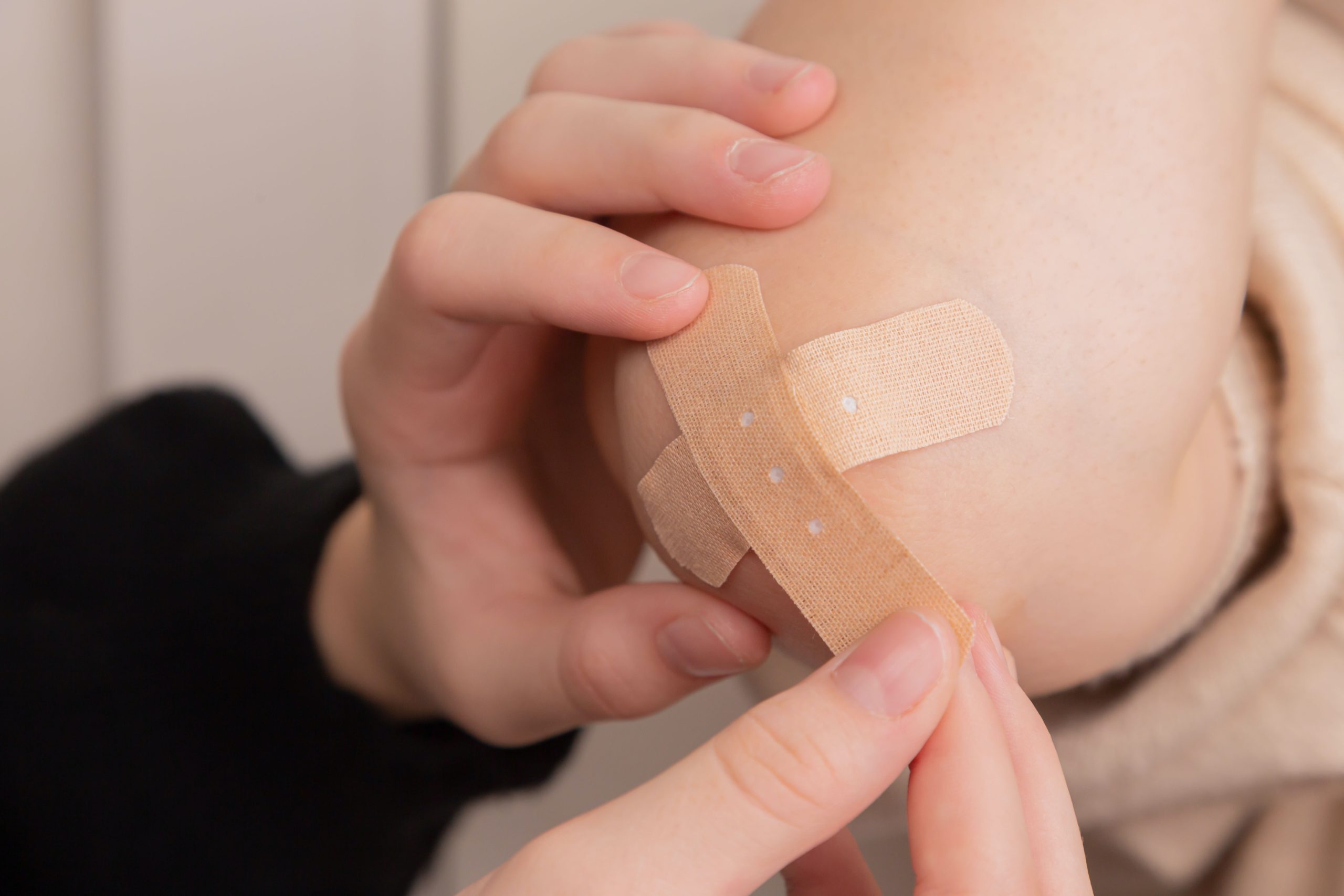Confused on when to add ice or turn up the heat on an injury or pain?
There’s certain things that are a given for me when it comes to ice packs and heating pads. When it’s that time of the month, you know, that tiiiime. When it is, the heating pad gets turned on and up. When I fall off my bike and scrape up my knee. Ice pack. Ok, luckily that doesn’t really happen to me, but if it did, ice pack!
There’s times that are less obvious though.
Like when your back starts to ache from standing, sitting, or shifting all day at work. Or strains, sprains, joint pain or stiffness, and headaches. We might often navigate more towards heat, I know I would. It’s warm, cozy, and often comforting. Cold, and ice tend to be more harsh and reactionary to your system, unless you run pretty hot to begin with.
The best way to really break it down is to think about the inflammation that is created in our body from injury and pain. There is often swelling, and even the color of the skin can start to turn red, which is a clear indication of inflammation stirring. In this case, the last thing we want to do is add more heat to what the body is already producing.
Cryotherapy has really started to become a buzzword.
Linked to pain management, cryotherapy, which is really just another name for cold therapy, helps to treat injury and pain. Just like old fashion ice packs, but on a whole other level.
Most cryotherapy forms seen today are whole body, where people plunge their entire body into an ice bath for a short stint of time. Maybe you’ve seen Tony Robbins dunk himself as part of his morning routine.
Picture courtesy: YouTube
Ice lowers your nerve activity, and is a great way to manage pain. However, you want to ensure you’re protecting your skin and tissue, which can become damaged from prolonged cold exposure. Basically, it comes with some risk, so make sure if it’s something you’re interested in, you run it by a medical professional and do your homework per se.
New injuries are something that tend to need the attention of ice.
Something important to keep in your back pocket. Usually new pain and injury is hard at work to heal, and inflammation is rising along with heat, so think ice in those moments.
Now you might be thinking when else might we see a need for heat, other than that time of the month. No worries, I’m getting there!
Heat. I’m a fan. Like I said before, comforting, cozy, and amazing at the right time. Hot bath anyone!?
When we apply heat, we’re opening up the blood vessels, and increasing blood flow.
Think old injuries, or pain that’s been around a while. When your body has transitioned from new injury – red and inflamed, to old injury – about 3 days later, you can start thinking about heat.
As a massage therapist, I’m all about relaxing muscles, and heat can help, but timing must be right. Heat is a great therapy for helping to loosen things up when range of motion needs to be increased.
Injuries tend to benefit from both ice and heat, it’s all about the stage of the injury. Starting off with ice, and then switching over to heat when appropriate is a great option.
Knowing which one to use, helps initiate and continue healing.
It’s easy to get confused or even to favor one over the other. There’s so many options now for when we need to seek our medical advice. My rule of thumb is that if you’re not sure, ask. Call your doctor’s office and let them know the exact injury and when it occurred, and have someone there guide you.
Sometimes it comes down to exactly what it is you need to treat to decide what the best method is, and especially with older pain or injury it may be a matter of testing out what works best for your body.
